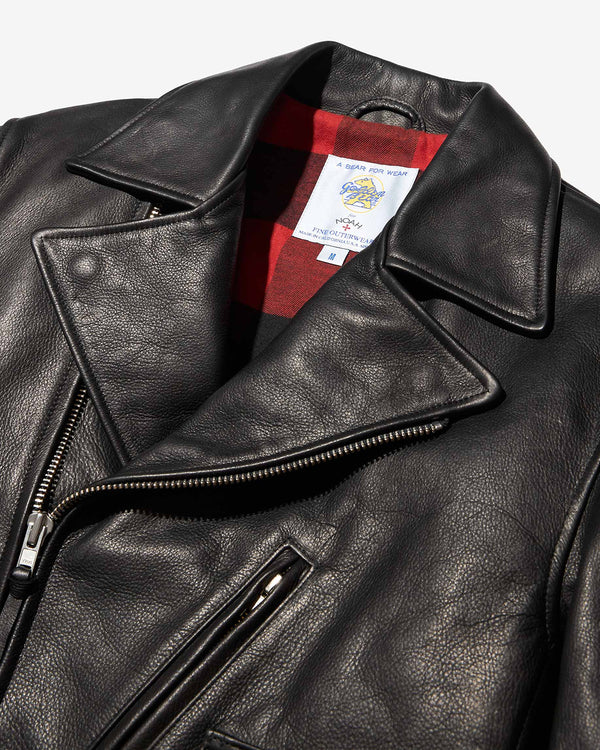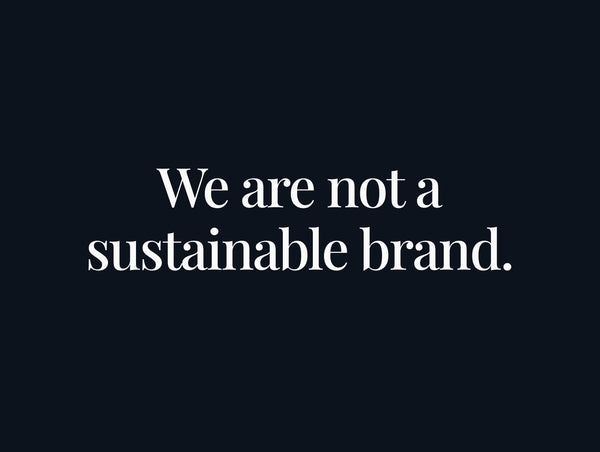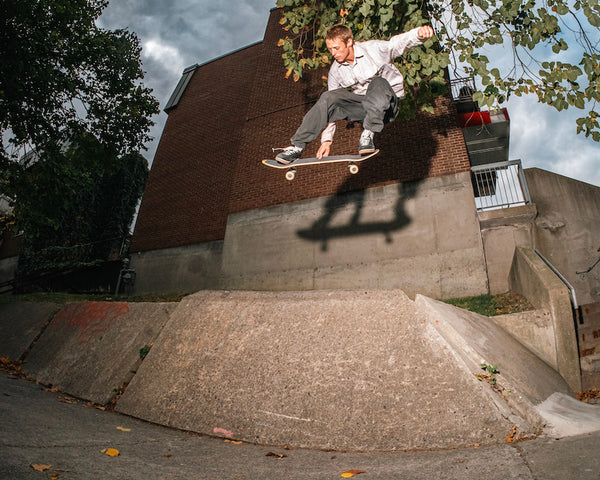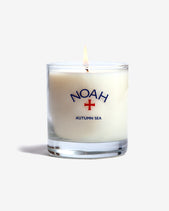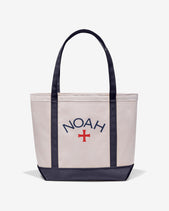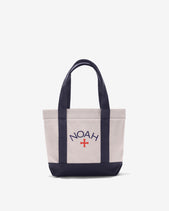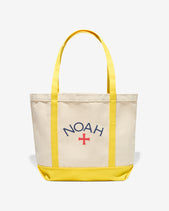
Shane McClatchey
We recently had the pleasure of sitting down with artist Shane McClatchey at his studio in Laguna Beach, CA to talk about the approach to his work, teaching students, and what it’s like to be a professional observer for 40 hours a week. Originally from Point Pleasant, NJ, McClatchey works primarily in painting and drawing, having received his MFA at the Laguna College of Art and Design. When he isn’t teaching figure drawing for Citrus College and The California School of the Arts, he spends his time as an ocean lifeguard out on eastern Long Island, NY.
It goes without saying he’s inspired by and drawn to a lot of things we enjoy here at Noah, and we’re grateful to have his works on display at our Hideout location in Amagansett, NY throughout the Summer.

Tell us about your studio practice and the mediums you work in.
I mostly make oil paintings. I also like to draw with charcoal or whatever other materials are around. My sketchbooks are sort of an incubator for the paintings.
The art school I went to was pretty focused on drawing and painting from direct observation, so I got to know charcoal and paint through still life and figurative painting. It was a great way to learn those skills, and the learning is ongoing.
On the other hand, messing around with materials that I'm not familiar with kind of forces me to get creative, since I don't know what I'm doing. I think making sculptures when you're not a sculptor is good for your brain.
How would you describe your painting and drawing style, and who or what influences your work?
I'd call it realism or representational painting, although both labels sound really funny to me–most paintings are real and representative of something. But most of my work is meant to look true to what I see with my eyes, as opposed to abstract art. Most of the painters that influence me make representational work, but I like Mark Rothko as much as Andrew Wyeth. I keep a print of a Rembrandt self-portrait near my easel.
Other than painters, I feel pretty influenced by whatever I'm reading. John Steinbeck and David Foster Wallace are writers I always go back to. I love how Rachel Carson and Oliver Sacks can navigate a balance between science and poetry. And all of that gets filtered through time spent in the ocean.

When did you start painting and drawing? Have you worked in any other mediums?
I always remember drawing. Like most kids, I remember my earliest drawings as just being sort of a mental inventory–what my family looks like, the events of the day, or whatever I was fixated on. Lots of Spider-Man. I painted a lot of bad murals and surfboards in high school. When I began college I was a graphic design student and actually started doing textile designs for surf companies as an intern. Luckily, I got burned out quickly and decided I had to get back to drawing and painting. My parents were really supportive and told me to go for it.
The sea, your wife, dogs, lifeguards, surfers, sea life, and landscapes all play a recurring role in your work. How did you come to this subject matter, and what about it is so inspiring?
It's kind of like what I mentioned about the drawings I made when I was really young–I just want to draw and paint what I know. I find the ancient cave paintings really inspiring because they're so simple. Painting is a tool used for recording what we see and how we see it, and all of the ways we can interpret that. Making pictures comes from trying to understand.
I feel like our environments shape who we are, so all of the people and places and things around me are the pieces of the pattern that make me. Painting is a way of taking that all apart and putting it back together again, which is a great way to get to know yourself. I think self-expression comes out of curiosity about what's inside our own heads. Painting's like a two-way filter for everything inside my head, and everything outside it.
I get to be in the water just about every day, and it’s a great counterbalance to painting. Modern life can be so comfortable it’s hard to tell what's real, and the ocean just flips that on its head. When I'm in the water, I can see and feel clearly what's me and what's not. That interaction between the inner and outer world feels a lot like the beach, and how sand and water have a relationship that defines each other.
It makes me feel human, whatever that means. I could talk about that all day!
At the same time, making paintings about surfing and the ocean can get clichéd and goofy really quickly. There are a lot of artists out there making a living out of painting sunsets and dolphins. Not that there's anything wrong with that, but I try to be as honest as I can be with myself about what I want to make and why. I read a Ran Ortner quote once that said, "art is not a cleverness contest, it's an honesty contest," and I really loved that.
My dog helps me not take myself too seriously. I paint his portrait all the time. He's such a great model: he’s always naked, and loves good light.


You're an art teacher as well. Can you tell us a little bit about that and how you came to academia?
I teach Figure Drawing and Beginning Painting for Citrus College and California School of the Arts. I got an introduction to teaching as a TA while I was doing the MFA program at Laguna College of Art and Design. I've had so many great art teachers all the way back through high school and LCAD, so I think, deep down, I was always heading in that direction. I like how different teachers can have very different ways of teaching, and all be helpful in their own way. It's an honor to be a part of that, I love teaching a lot more than I thought I would.
How does teaching inform your art practice?
Teaching has been so rewarding, I didn’t realize how much I’d be learning. To take a complex thing like drawing or painting and explain it in a simple way requires its own set of skills, and I’m having a lot of fun learning that. I tell my students all the time that I went to school for painting, not teaching, and I don’t know what I’m doing. But I’m finding that re-learning things I thought I already knew can be just as important as learning something totally new to me. Right when I think I know figure drawing, I realize I’m only at the beginning. I get to be on the same road as my students as we all learn together, which is how I learned from my favorite teachers.
It’s also great to see students grow their skills using what we do in class. So many of my students give it everything they have and make insane work. I give surf lessons in Laguna, and it’s a similar feeling. The feeling I get from guiding someone and watching them figure it out and get really stoked is the same as experiencing it for myself.
In both painting and surfing, it’s easy to get stuck inside your own head and take it too seriously. Teaching is always a reminder of why we’re doing any of this stuff in the first place.


Your studio is in Laguna Beach, CA but you spend the summer in Long Island, NY. How do you create work away from your home base?
Traveling and living in new places has helped me learn how to set up and adapt to a new spot. Even if that spot can be limiting, I think it's important to try and figure something out. Sometimes it's limited to only drawing.
Alyx and I once spent a winter working on a farm on the north shore of Kauai and I did a lot of landscape painting outside, which I learned to love. So I like how being in a different place can make new challenges.
There's always a way to figure out a functional studio setup. When it comes to oil painting, I know what materials I need and how to get them. Good light is really important.
How does being bi-coastal factor into your work?
I love being able to go back and forth. Both coasts have their unique flavors. People love to talk about how the beaches and oceans in my paintings look more like one coast than the other, so a lot of them could almost be either, depending who’s looking at them. It's fun to hear that from people, and it's helped me to think of these beaches I'm painting as existing only in my head.
It's also cool to drive across the country so often and see something other than California and New York. Camping in the mountains is refreshing after a summer of lifeguarding.

You're a lifeguard in the summer months. Can you tell us how you got into it and why you still do it?
The view of the beach and the horizon behind it has become sort of a stage backdrop for my painting. I only recently noticed that pattern in my work, how that same background of sand, ocean, and sky are what I spend most of the summer months staring at. That blue horizon is always there in my work and in my life.
I was a Junior Lifeguard in Bay Head, New Jersey when I was a kid. I started lifeguarding in Spring Lake when I was in high school, since I was surfing there a lot. My cousin was also a lifeguard there. The people I got to be around during that time were really crucial in shaping me as I grew up.
I met my wife Alyx in Laguna, and she was lifeguarding in Southampton in the summer. She convinced me to come up to Long Island last summer, so this will be my second summer out here.
Lifeguarding teaches me to really pay attention to what I'm seeing in front of me. It sounds pretty obvious, but it's not often that we sit down and look at something for hours that's not a screen. A lifeguard is a professional observer, which is a great side gig for a painter. Being in the water is all about being aware of your surroundings, which feels a lot like painting. Both lifeguarding and painting require being calm under pressure.
It's also nice to lose track of time and stare into the water for 40 hours a week. By the end of the summer I feel like my head has been cleaned out. And in a more practical sense, it keeps us all in shape. I want to be one of those crusty 80-year-old lifeguards that can still move.


What is one bit of advice you would give to young aspiring artists out there that you wish you knew early on in your career?
This is a tough one. I have a lot of students that talk about their "style." My advice would be to not have a style. Real style is a byproduct of looking for the truth in things and being honest with yourself.
What is next for Shane McClatchey?
Well, Alyx is due to give birth sometime in July, so it's going to be an exciting few months. It's our first, so our lives are about to change. It will be a very different drive back to California after summer!

